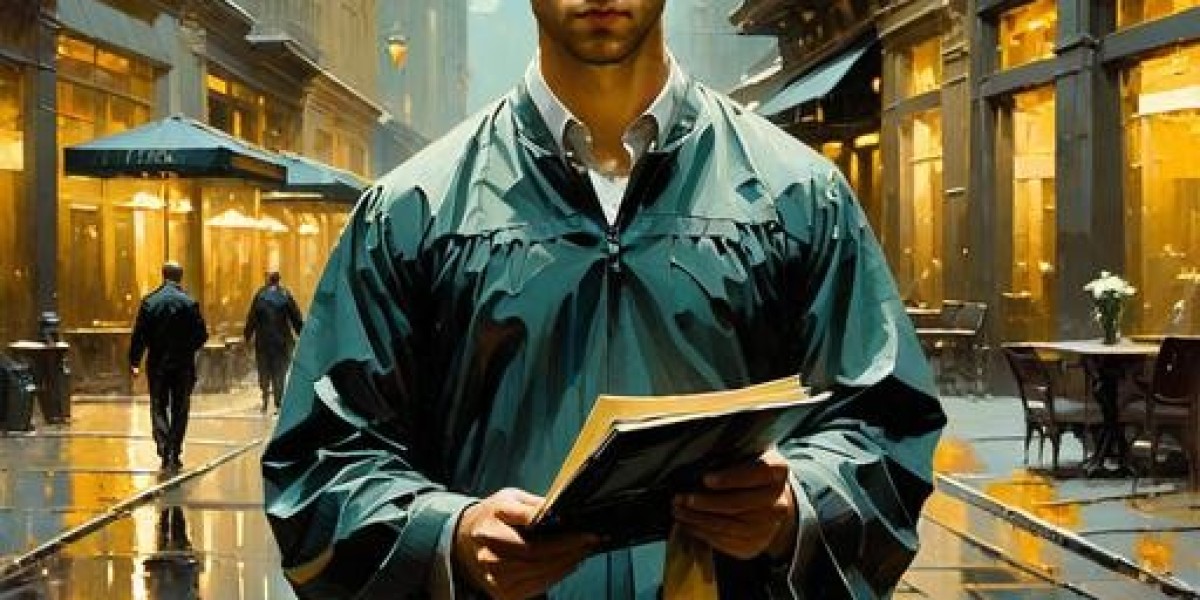In the realm of fashion, Comme des Garcons (CdG) has long been synonymous with avant-garde innovation. While the brand’s deconstructed silhouettes and rebellious ethos have redefined runway aesthetics, its visionary approach extends beyond clothing into the very spaces where fashion is consumed. At the heart of this retail revolution lies Dover Street Market (DSM), a groundbreaking concept store that transforms shopping into an immersive, ever-evolving art installation.
The Genesis of Dover Street Market
Founded in 2004 by Rei Kawakubo and her husband Adrian Joffe, DSM emerged as a radical departure from traditional retail. Named after its original London location, the store was conceived as a "beautiful chaos" where luxury, streetwear, and art collide. Kawakubo, ever the disruptor, sought to dismantle the sterile uniformity of high-end boutiques, instead curating a space that mirrored Comme des Garcons ethos of challenging norms. DSM’s interior—a labyrinth of raw concrete, exposed pipes, and rotating installations—invites visitors to explore fashion as a tactile, emotional experience rather than a transaction.
Retail as a Living Gallery
Each DSM location (now spanning cities like Tokyo, New York, and Beijing) is a unique ecosystem. Collaborations with artists, designers, and local creatives ensure no two visits are alike. For instance, the London flagship has featured suspended taxidermy peacocks, while Tokyo’s outpost juxtaposes minimalist racks with surrealist sculptures. These spaces blur the line between commerce and art, echoing Kawakubo’s belief that “fashion is a form of creativity that should provoke thought, not just desire.”
The DSM Effect: Community Over Competition
In a bold move, DSM houses over 100 brands alongside Comme des Garcons own lines—from emerging designers to industry giants like Gucci and Balenciaga. This democratized approach fosters a sense of community rare in the cutthroat fashion world. Joffe describes DSM as a “playground” where creativity trumps hierarchy, allowing niche labels to share shelf space with established names. The store’s biannual “tachiagari” (reset) events, where the entire space is stripped and redesigned, further emphasize impermanence and renewal—a metaphor for fashion’s cyclical nature.
Beyond Retail: Cultivating Cultural Dialogue
DSM’s influence extends beyond retail. Pop-up exhibitions, live performances, and collaborative capsules (like the viral Nike x CdG Air Max collaborations launched in-store) position DSM as a cultural hub. It’s a space where Virgil Abloh once DJ’d, where Marine Serre’s upcycled designs debut, and where visitors might stumble upon a tea ceremony in the middle of a fashion drop. This experiential model has inspired countless brands to rethink their retail strategies, from Gucci’s themed “Gardens” to pop-up-driven streetwear labels.
The Legacy of Disruptive Retail
Comme des Garçons’ genius lies not just in what it creates but how it contextualizes creation. Dover Street Market is more than a store—it’s a manifesto for fashion as lived art. By refusing to compartmentalize commerce and creativity, Kawakubo and Joffe have redefined what a brand can be: a curator of culture, a provocateur of spaces, and a perpetual challenge to the status quo. In an era of online shopping dominance, DSM reminds us that physical retail, when daring enough, can still make the heart race.








